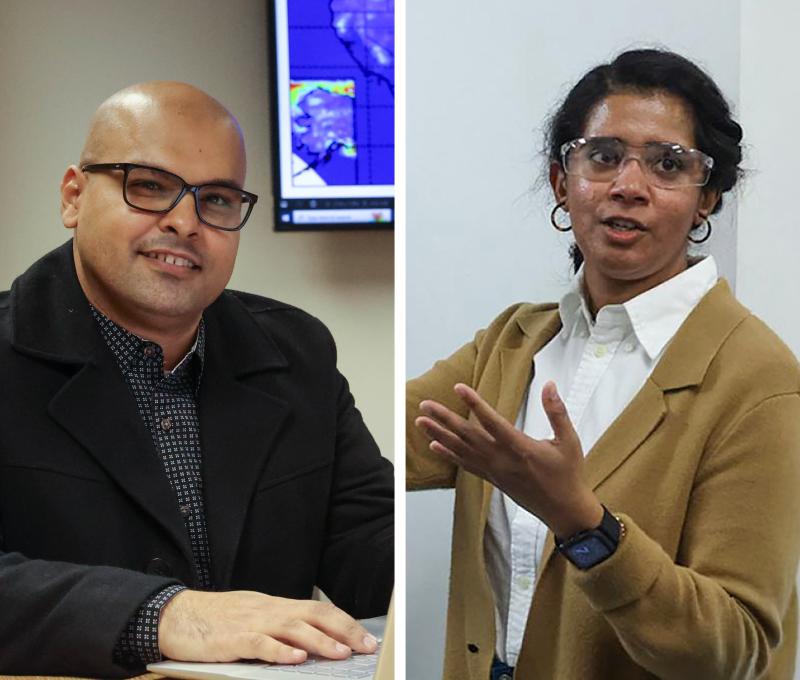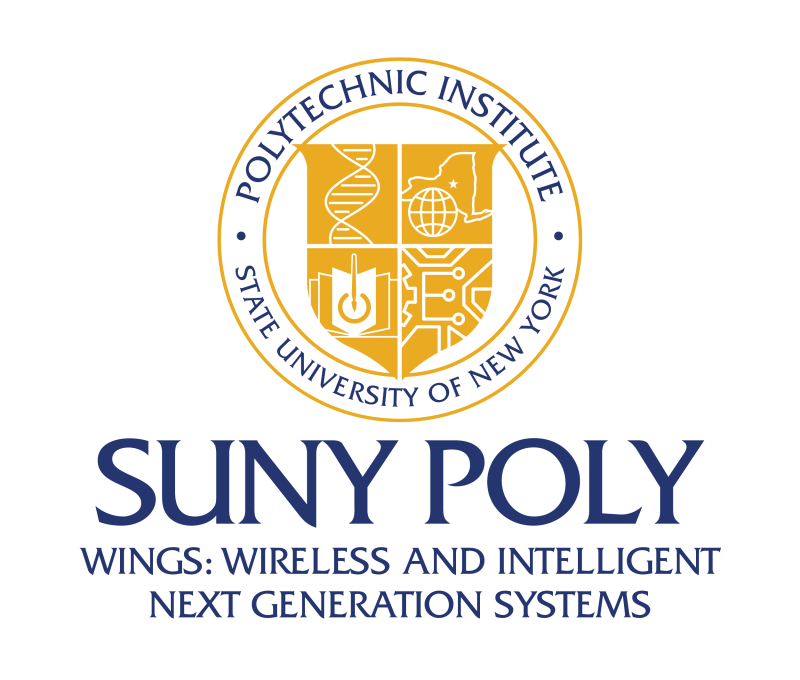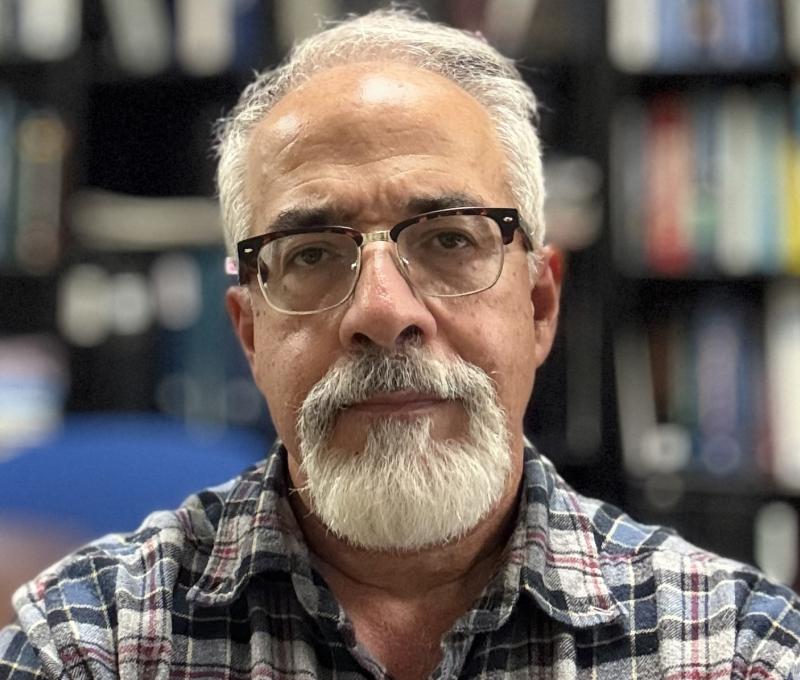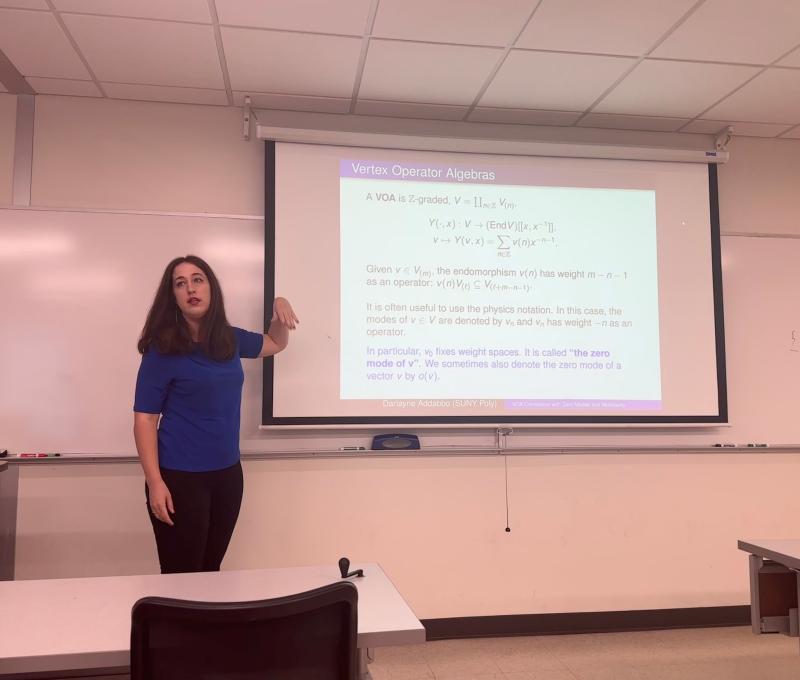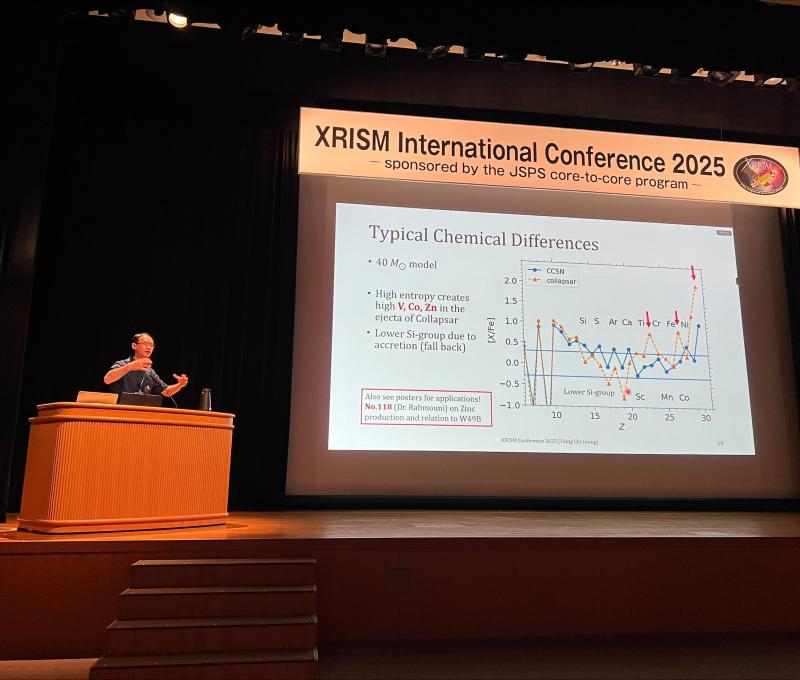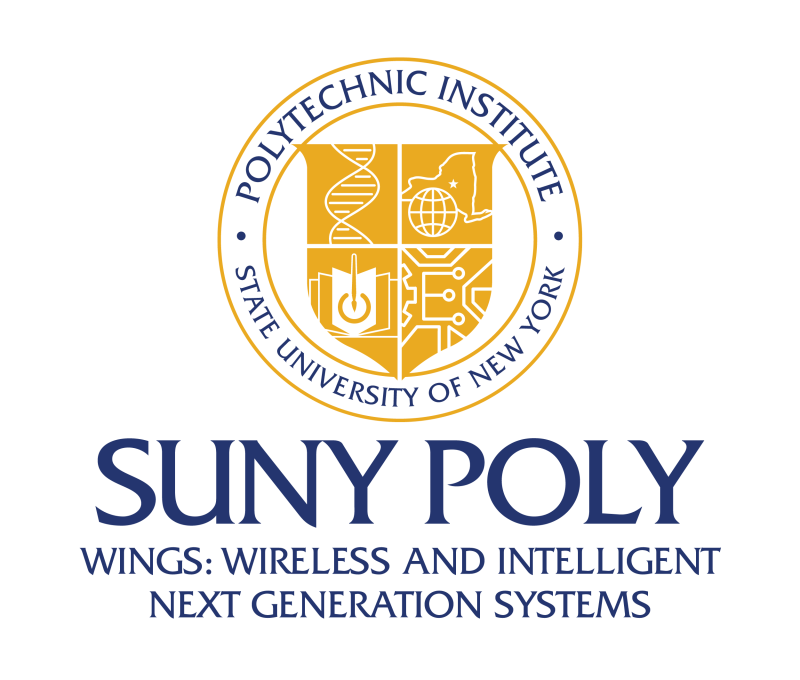New Research Provides Evidence to Support Integration of Hands-on Projects & Interdisciplinary Teamwork in Engineering Curricula

SUNY Polytechnic Institute Assistant Professor of Mechanical Engineering Dr. Aarthi Sekaran and Union College Associate Professor of Civil and Environmental Engineering/Chair of Civil and Environmental Engineering Dr. Carolyn Rodak published new research in MDPI Education Sciences journal titled “Impact of Physical Model Projects and Multidisciplinary Teams in Fluid Mechanics Education.”
The study provides evidence supporting the integration of hands-on projects and interdisciplinary teamwork in engineering curricula, promoting deeper understanding and application of theoretical concepts, potentially influencing educational practices in STEM fields.
Dr. Sekaran explains that fluid dynamics courses are typically introduced to second and third-year engineering and science students and draw on their knowledge of calculus, engineering mechanics, and thermodynamics, which are all normally indicated as prerequisites. Students require familiarity with dimensions and units, particle dynamics, rigid-body dynamics, and vectors and velocity fields. Upon introducing the laws of conservation of mass and momentum, the primary challenge for students is to apply their training in calculus to a physical problem and consequently interpret numerical results in a physical context. While solving numerical problems in class as part of an active learning environment is helpful, Dr. Sekaran notes that many students are still unable to translate this to more complex or differently phrased problems.
She and Dr. Rodak derived this idea of using physical models in this fluid dynamics course at SUNY Poly, where Dr. Rodak had worked previously, before joining Union College this past fall. Since both Mechanical and Civil Engineering students take this class (in their third and second years respectively), they also decided to bring together students from both disciplines to develop their experience of working in multidisciplinary teams – a skill essential for their work life as engineers in large companies.
They had 49 students—20 junior-level mechanical engineering (ME) students and 29 civil engineering (CE) students who were a mix of second and third-year students. Teams were assembled by semi-random selection, and each team had at least one student from each discipline, resulting in 12 teams with different projects. Upon demonstrating their project, all students were asked to complete an anonymous paper-based survey that included multiple-choice, Likert-scale-based answers and qualitative description which allowed us to analyze student experience and improve future iterations of the study.
While students expressed some apprehension about working with engineers of other disciplines, owing to differences in approach and schedules, most students agreed that the team composition helped them by drawing on different strengths. The range of project ideas also helped with the overall comprehension of subject knowledge and allowed students to experience real-world complications in translating a theoretical concept into a physical model.
Read more

